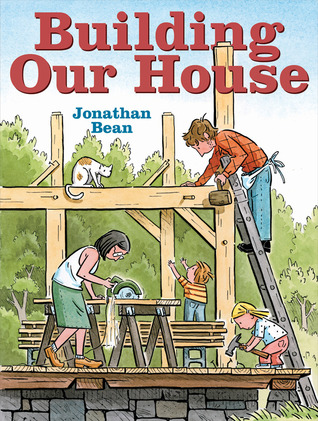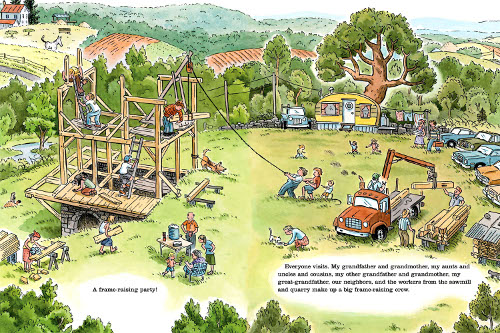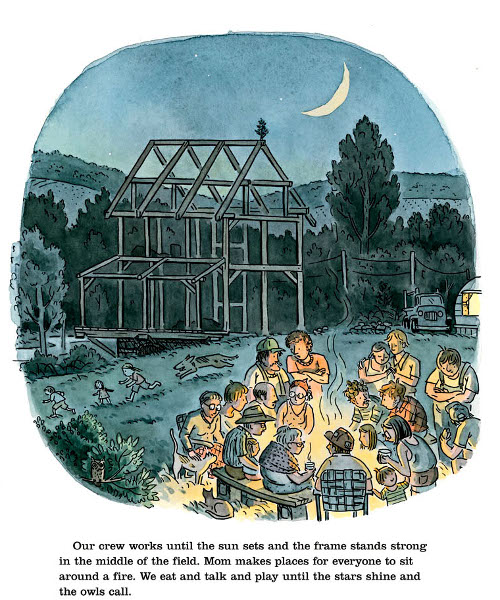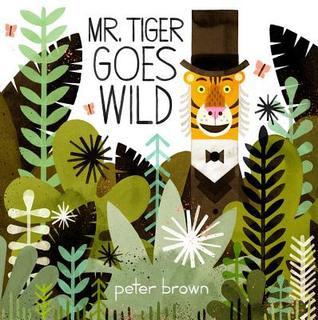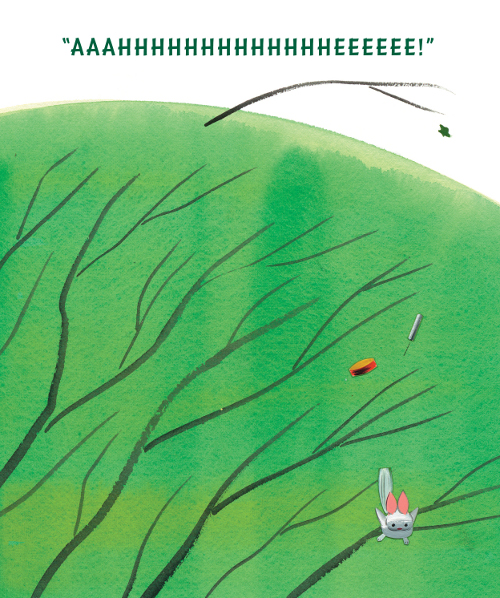There's been a lot of discussion about the disproportionate number of picture books illustrated by men on "Best of" lists this year (not to mention in the history of the Caldecott) and why that might be. I'd already noticed that both of the Caldecott Hopefuls I've posted about this fall (all three if you count Journey) are written and illustrated by men: Mr. Tiger Goes Wild and Building Our House. So in the interest of drawing attention to books written and illustrated by women, I put together an equivalent list of Caldecott Hopefuls--not because each book doesn't deserve its own post (I worried that someone might think I thought that), but because there is strength in numbers, and people like lists.
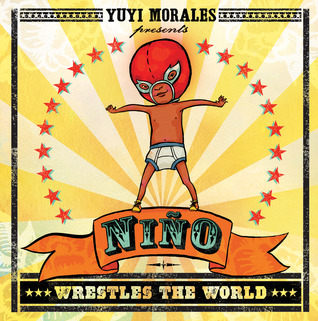
Niño Wrestles the World by Yuyi Morales (Neal Porter/Roaring Brook). Yuyi Morales is a force to be reckoned with. I'm not entirely sure she's still eligible for the Caldecott--she may have moved to Mexico--but I think she should win it anyway: Niño is the real deal. Do not miss KT Horning's detailed argument for its greatness on Calling Caldecott ("Niño wrestles the Caldecott Committee", 10/23/2013). That, ladies and gentlemen, is how it's done.
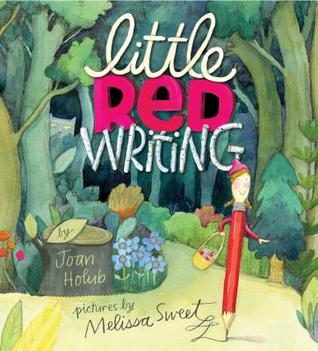
Little Red Writing by Joan Holub; illustrated by Melissa Sweet (Chronicle). Melissa Sweet has not one but three Caldecott contenders this year (the other two are Brave Girl by Michelle Markel and A Splash of Red by Jen Bryant), but this one is my favorite, on account of the Wolf 3000 pencil sharpener.
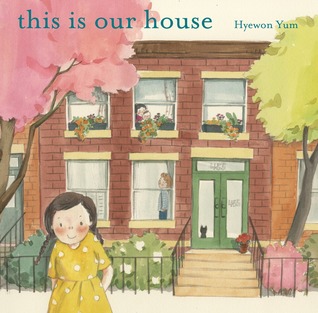
This Is Our House by Hyewon Yum (Frances Foster Books/FSG). This is a sentimental favorite: I live with my family on the same street where I grew up, just like the mom in this book. Even the house number is almost the same! (We were at 855.) I still think Yum's The Twins' Blanket (FSG) was one of the best books of 2011, and the same is true of last year's Mom, It's My First Day of Kindergarten! (also FSG): she's an author and illustrator to look out for.
There are more, of course. My daughter would add The Story of Fish and Snail by Deborah Freedman (Viking) to this list, for example (I'm not convinced). Any others?
